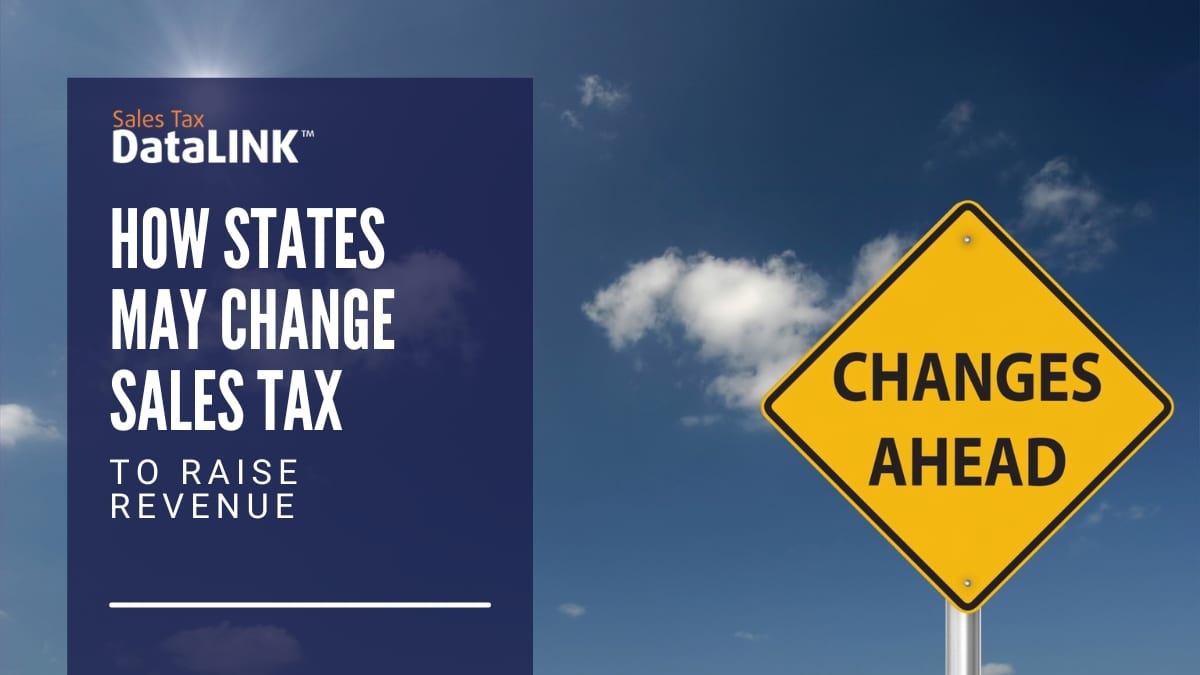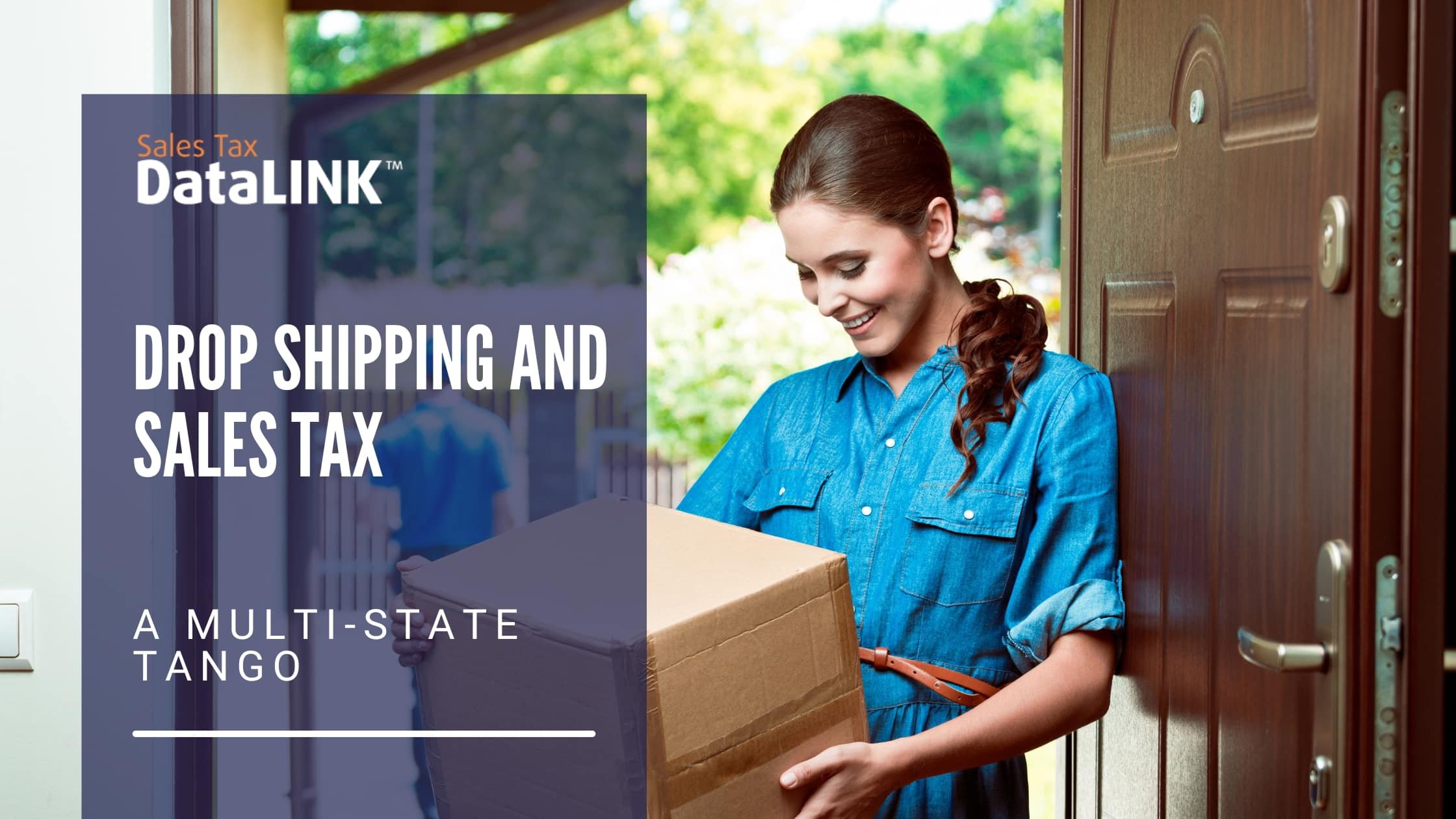Across the nation, consumers are getting tired of being cooped up and states are beginning to lift restrictions on businesses. The states have a strong motivation to get businesses back open and money flowing back into the economy: most states rely heavily on sales tax revenue, and without consumer activity, they’re looking at deep budget shortfalls.
The Center on Budget and Policy Priorities estimates that states will end the current fiscal year $105 billion in the hole.
The most recent coronavirus stimulus bill to come out of the House of Representatives, the HEROES Act, includes $500 billion in funding for states, to reimburse COVID-19 response expenses. Another $415 billion would be available for municipal and tribal governments. Most states agree that they need federal help to haul themselves out of the ditch they’re in.
However, the Senate isn’t receptive to the bill. The House and Senate are negotiating, but it doesn’t look good for sates reimbursements.
Senate Majority Leader Mitch McConnell, in fact, declared the bill “dead on arrival.” White House press secretary Kayleigh McEnany said the White House doesn’t plan on “bailing out blue states that have gotten themselves into financial trouble.”
Wherever you stand politically, it’s clear that states will need to cut back on services, increase sales tax income, or both.
How can states increase sales tax revenue?
Reopening businesses to bring in more sales tax is an obvious solution. However, just like federal support as a solution, it relies on other people. In this case, both business owners and consumers. States might have thought it would be like turning on a faucet: we told you to close and now we’re telling you to open. Here are the factors that keep it from being this way:
- Some of the remaining restrictions make reopening unprofitable. For example, restaurants in Arkansas can open, but only to about one-third of capacity. Restaurants have low-profit margins anyway. Serving one-third of the usual customers — especially with special requirements for safety gear, disposable menus, and the like — may cost about as much as serving 100% of capacity. It obviously won’t bring in the same revenue, though.
- Staff and customers alike question the safety of business as usual. Some workers will choose not to return to their jobs and many consumers are still staying out of shops and restaurants. Retail customers have gotten used to e-commerce, and they may not be willing to wear masks, wait in line, and follow one-way aisles in retail stores when they can just as easily shop from home.
- With unemployment up and incomes down, consumers won’t be as free spending. This is especially true when lingering restrictions keep retail and hospitality from being as fun as it used to be. Will you stand in line to enter a bar that may be filled with people quarreling over whether to wear masks, choose from a seriously truncated menu, disinfect the pool table before using it, and grab a drink without being allowed to dance?
Many will stay home and enjoy take-out on their porches. Governors may announce openings, but the people will actually make the decision.
Okay, what else can states do?
In addition to just opening businesses and hoping the COVID-19 cases don’t surge, states may also choose to change their sales tax regulations.
One change that has been suggested is to lower the thresholds for remote sellers. Many states have started requiring out-of-state sellers to collect and remit sales tax if they reach 200 transactions or $100,000 in revenue from their state. Lowering the threshold to $50,000 could provide a big jump in sales tax revenue — paid for by people who don’t vote for or against the governor.
Taxability may also offer some opportunities. Online services like Zoom and Netflix have seen huge growth during the pandemic, and some states are charging sales taxes.
Digital goods, from Spotify to Kindle books, software as a service to video games in the cloud, now make up as much as two-thirds of Americans’ expenses. About half of the 50 states currently charge some kind of sales tax on at least some digital goods. Stepping up these taxes could help cash-starved states, especially during the pandemic.
The bottom line
When sales tax regulations change — as they almost certainly will — consumers may accept the added expense or give up their Hulu subscriptions. But businesses can be affected more severely.
200 transactions, depending on the kind of business you run, can be a fairly small amount of revenue. Most remote sellers, including manufacturers, will find that they now need to collect, file, and remit sales tax to every state if these thresholds fall.
And keeping up with the varied taxability rules in multiple states is already challenging. As taxability rules change, the challenge will increase.
Keeping up with sales tax may just be one more thing that you have to cope with at a time when it’s already hard enough to cope.
Instead, check out our complete sales tax services and advisory. We can take all of this off your shoulders for a reasonable, predictable cost. Call us at (877) 806-7715 to find out how easy it can be.




